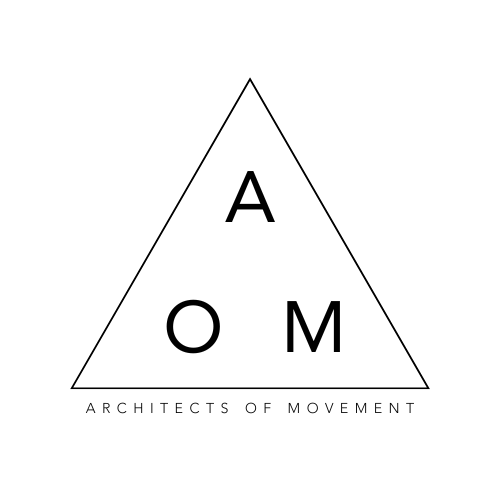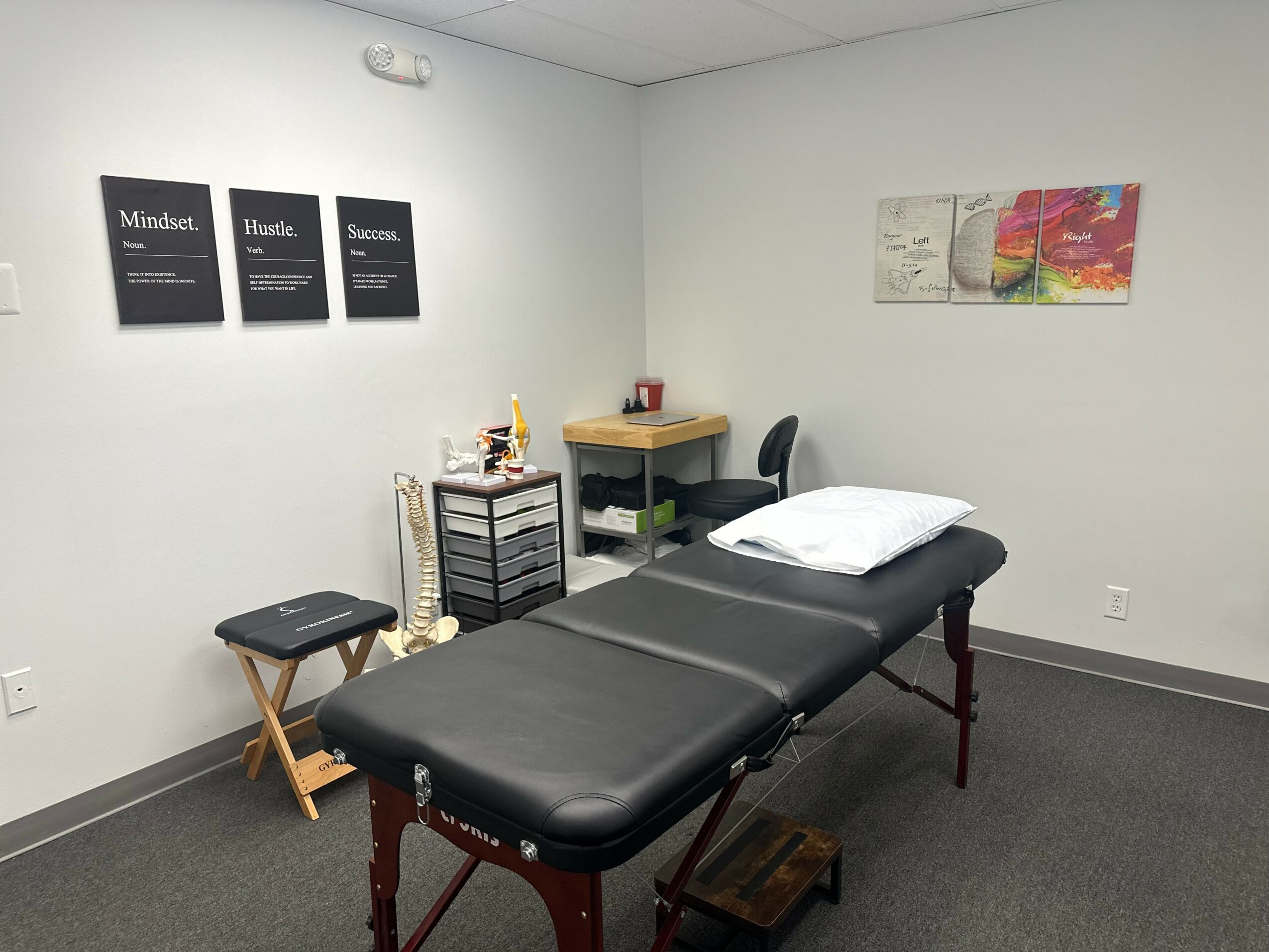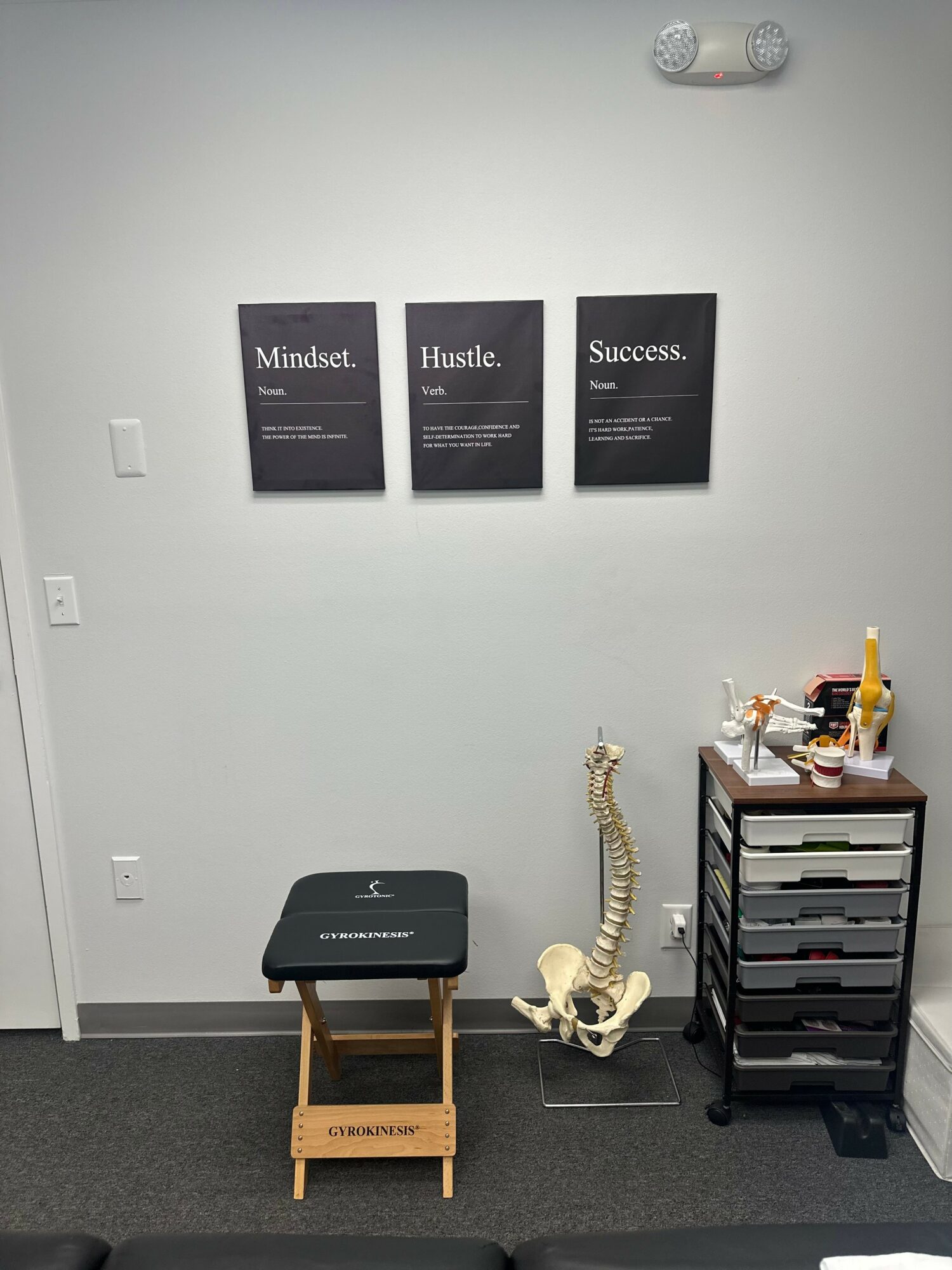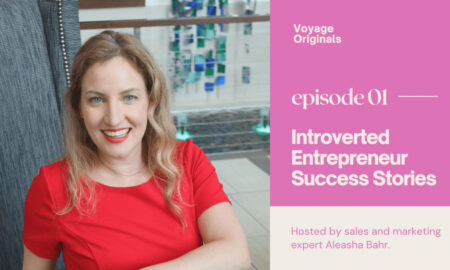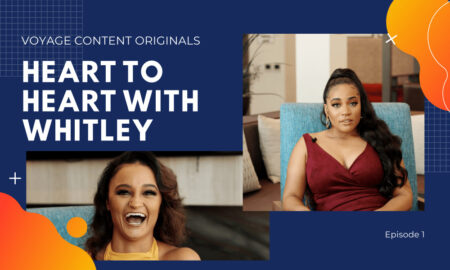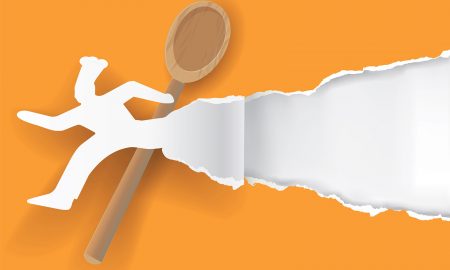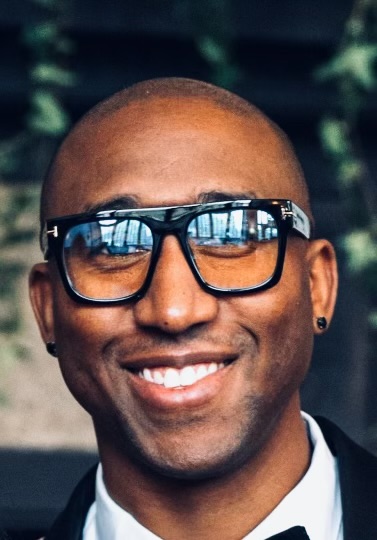

Today we’d like to introduce you to Charles Vaughn
Alright, so thank you so much for sharing your story and insight with our readers. To kick things off, can you tell us a bit about how you got started?
I have been a Physical Therapist for 21 years and it was only 9 years ago that I had an epiphany during a continuing education class taught by my now mentor Dr. Jay Sandweiss DO. Dr. Sandweiss is an Osteopathic Functional Medicine Physician and an Acupuncturist and in my opinion, a “Unicorn”. He has operated a cash based, functional medicine practice in Ann Arbor for 40+ years now. He was teaching a concept called Applied Kinesiology – the art of Manual Muscle testing. Essentially, it is the art of focusing on finding the “cause” of the problem versus just treating the “symptoms”. It resonated with me to a point where I was willing to set aside the way I was currently evaluating patients for the last 11-12 years and basically start all over. I had finally found what I wanted to be as a PT. In my opinion, this type of thinking, can allow physical therapists to confidently evaluate patients that may have multiple complexities, accurately, without having to refer a patient back to their doctor for imaging or performing “cookie cutter” based treatments. My approach is to evaluate, find, or at least get close to finding the cause, treat the cause and then treat the area that has been “stressed” as a result of the cause. I strongly believe that this “outside of the box” mindset can provide our PT professionals even more autonomy within the healthcare system. I feel that this has allowed me to realize and truly understand my value within today’s healthcare landscape.
During this “transformation” I experienced push back from other therapists, physicians, my employer and even patients. It got to a point where I almost lost my job as the existing Clinic Director because I wasn’t doing things the “right way” in the perspective of others. I was at a crossroads. I almost gave up to return to the “old way” of doing things. I chose to stay the course and am eternally grateful that I did. I was also shadowing and learning from another mentor of mine, Dr. Paul Shapiro MD (ret.). Learning from Dr Shapiro and Dr Sandweiss, two people who strive to find the cause vs treating the symptoms, fueled my drive to always do things in the very best interests of my patients. I was able to find a way to combine my way of thinking with my employers requirements for performance and was able to create an environment where patients were getting evaluated correctly and getting better quickly. I was also blessed with some of the best clinical staff to lead when I was running my former clinic prior to transitioning. Their creative minds and patient-first attitude made it more comfortable to be myself and it was a joy to see them become great clinicians as well. It morphed into something that started to give me a vision that I could go out on my own and create a PT clinic environment to continue to help people who have complex cases, failed previous PT, or just want to improve in an area where other areas of medicine may not be an option for them, such as a surgical intervention.
I started my clinic, Architects of Movement, with the goal of creating a new concept; Integrative Physical Therapy. I truly believe that the human body is so deeply connected that we have to look at it that way with every patient who comes to see us. Physical therapists are unable to order imaging and prescribe medications in Michigan. We cannot “diagnose” and we are advised not to directly refer to other areas of medicine outside of the patient’s referring Doctor. In my opinion, an integrative mindset in physical therapy can help therapists and patients create a plan that is individual and patient centered. I believe that it creates value and trust with the referring physician as well. It places PT’s in a tier where their expertise and skill set can aid physicians in making the best decisions for their patients. My ultimate goal is to create an environment where other like minded clinicians can come and be themselves and bring a level of thinking and creativity to best help their patients. I like to call it the “Land of the Misfit Toys”
I bring no disrespect to other clinicians or to the other areas in the healthcare industry. My brother is an ER physician. We all got into this profession with the goal of making peoples lives healthier and happier. I just want to bring awareness, quality, education and a level of care that I feel my patients deserve. I am super excited to make this transition halfway thru my career. I honestly don’t ever see myself going back to the old/traditional way ever again.
Can you talk to us a bit about the challenges and lessons you’ve learned along the way. Looking back would you say it’s been easy or smooth in retrospect?
I started the process of making the transition to AOM 18 months prior to opening it but I began to dream about it about 4-5 years ago. The road traveled wasn’t the smoothest. The toughest part was continuing to reassure myself that I needed to be true to myself first and foremost. If I didn’t wholeheartedly believe in what I was delivering, then why should my patients, my referral sources, my co-workers and my employers. I knew that I would get some resistance, some “eye rolls” and some people that would flat out call it voodoo. I embraced it all. It helped grow my confidence as a clinician, my ability to advocate for my patients with their physicians, as well the increase in my referral numbers, which made my former employer happy and my clinic successful. It became cyclical.
I also wanted to make sure of two things prior to transitioning to AOM. The first was to make sure I felt professionally secure with my skill set. In addition to Dr. Sandweiss teachings of AK and osteopathic manual therapy, I received a Biomechanics/Movement Fellowship as well as other numerous continuing education certifications, like Dry Needling and Blood Flow restriction therapy. I also wanted to make sure I placed an appropriate value for my services. It’s very hard to determine your value or worth when you transition into a fee-for-service, cash based business. I believe it comes down to quality, consistency, hard work, passion and trust in your ability. If you can have that mindset, the results should be parallel and people will seek out your knowledge and experience because they find value in you. I continue to work on improving this mindset.
I’ve had the good fortune to rent space from a very good friend of mine who is a chiropractor, who practices with the same clinical mindset. We have some ideas of how we would like our services to compliment each other and I look forward to what we can do in the future for our community.
Alright, so let’s switch gears a bit and talk business. What should we know?
Architects of Movement is a fee-for-service, out of network physical therapy clinic. I do not participate with any insurance carriers at this time. Following services, I will provide patients with a Superbill invoice to be submitted to their insurance for possible reimbursement. Time is valuable to all of us. This set up allows me to have the time to properly evaluate and treat the patient, not the other way around. This has been a growing trend in all of healthcare. The goal is to create an environment that values the patient more so than the insurance company. Patients deserve to be listened to and to have the appropriate amount of time to get the very best from their health care provider. Unfortunately, this is the only way I feel this can be achieved in today’s healthcare setting.
I believe in the concept, The Triad of Health. One side of the triangle represents the physical aspect of the body (bones, muscles, joints etc.) while the other two represent the Chemical (nutrition) and Mental/Emotional side as an equilateral triangle. Each side has equal value in how a person feels and functions and can have a direct effect on the other sides if one is dysfunctional. This is the inspiration for my clinic logo as well. While I am clinically trained to assess and treat the physical side, I recognize when and how the other two sides can have a direct effect on the assessment and treatment of the physical side. Many of the patients I treat have dysfunctions on the Chemical and/or Mental/Emotional sides that go into my treatment planning for them.
I consider myself a “body engineer” hence the name, AOM. I have a passion for anatomy and biomechanics. I feel that the art of Applied Kinesiology and manual muscle testing to discover dysfunction is a physical therapist’s superpower. It is our special testing, imaging and critical thinking and differential diagnosis all wrapped into one algorithm. It allows me to be intuitive as well as use an integrative, functional approach and create what I call “Integrative Physical Therapy”.
I treat all areas of the body, with a level of comfort and love for the spine. I also enjoy performing osteopathic cranial manipulation which is something that has a profound effect on all areas of the body when it comes to evaluating and determining the true cause of a patient’s dysfunction. Services I provide include, Applied Kinesiology, osteopathic manual mobilization and manipulation, dry needling, blood flow restriction therapy, Shockwave Therapy, Cranial Sacral therapy, Instrument-assisted soft tissue manipulation, cupping and corrective exercise instruction.
One of my favorite patient stories involves a woman with thoracic pain who was in the process of having a potential unnecessary surgical procedure. From her evaluation, I was able to determine that the cause of her thoracic pain was the result of an undiagnosed issue with her vision. I was able to help her physician refer her to the appropriate professional and she experienced no more thoracic pain. Most importantly, she was able to get the correct medical treatment. The surgical procedure would have not corrected her thoracic pain situation. This patient experience is what sets me apart from others. Being able to listen, assess correctly and even though I never treated this person, I was able to point her in the right direction to have a positive outcome.
I firmly believe that the human body can give us the answers to our medical questions but we must continue to listen to it, even if it doesn’t always match the “algorithm” some have been trained to work in.
Can you talk to us about how you think about risk?
I am not a risk taker by nature. I am an analytic and it takes me a while to convince myself that it is a risk worth taking. But I understand that when an opportunity presents itself, you may only get one chance to make the most of it. With AOM, I felt that I had done enough learning/continuing education where I prepared myself to feel comfortable taking the risk of starting this new chapter in my career. It was also a moment of faith for me to walk through a door where I thought I knew what was on the other side but wasn’t 100% certain.
When I was ready to transition away from an environment that I had worked in for 20 years, there was anxiety and doubt prior to starting. There were multiple “signs” prior to leaving that reassured me that I was making the right decision for myself and my family. I feel that if I hadn’t made the move at the time I did, I believe it would have been much harder for me to make the transition down the road. It took me a little while to find my way but I feel that I am exactly where I need to be at this stage of my career. I am excited to see what the future holds for me and for AOM.
Pricing:
- Foundation (Initial Evaluation-90 Minutes – $275
- Rebuild (Follow up-60 minutes) – $200
- Treatment Packages (Dry needling, Shockwave)
- Rebuild Session Packages
Contact Info:
- Website: https://architectsofmovement.com
